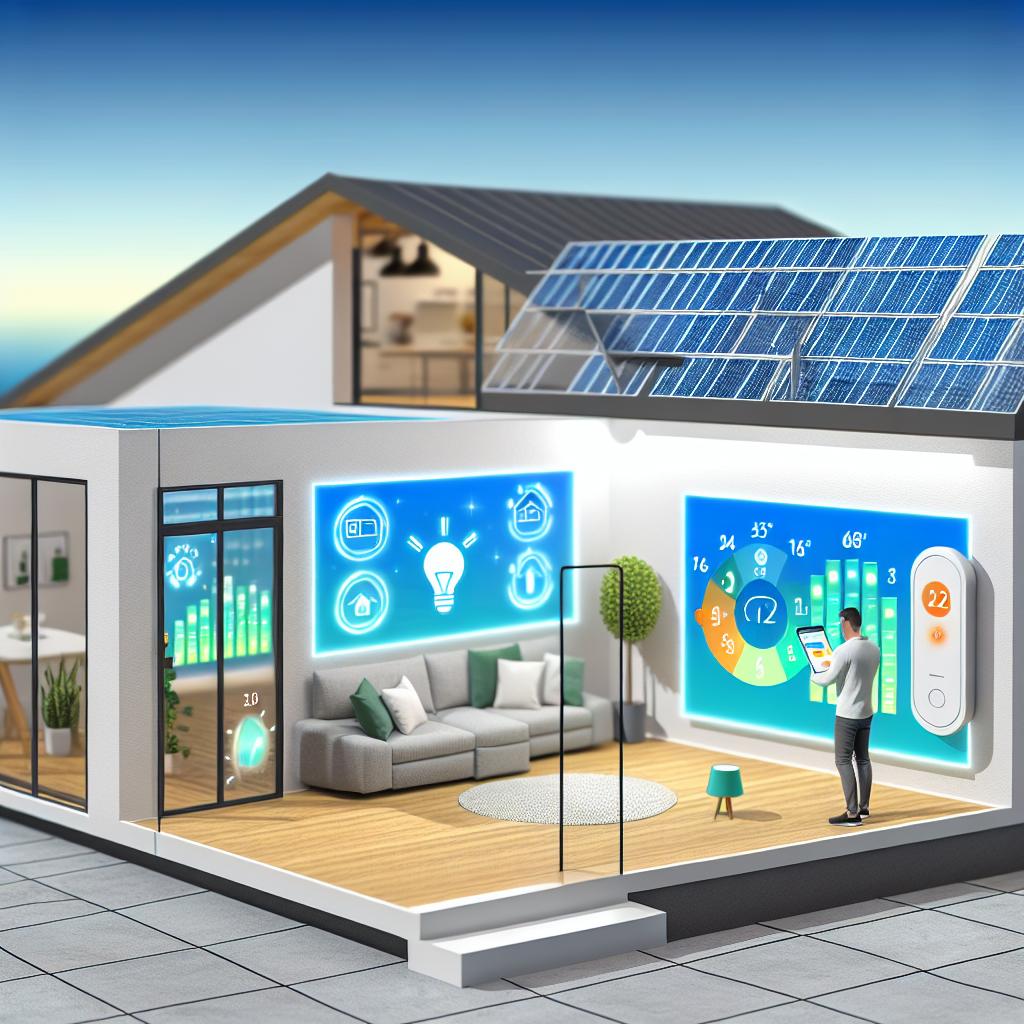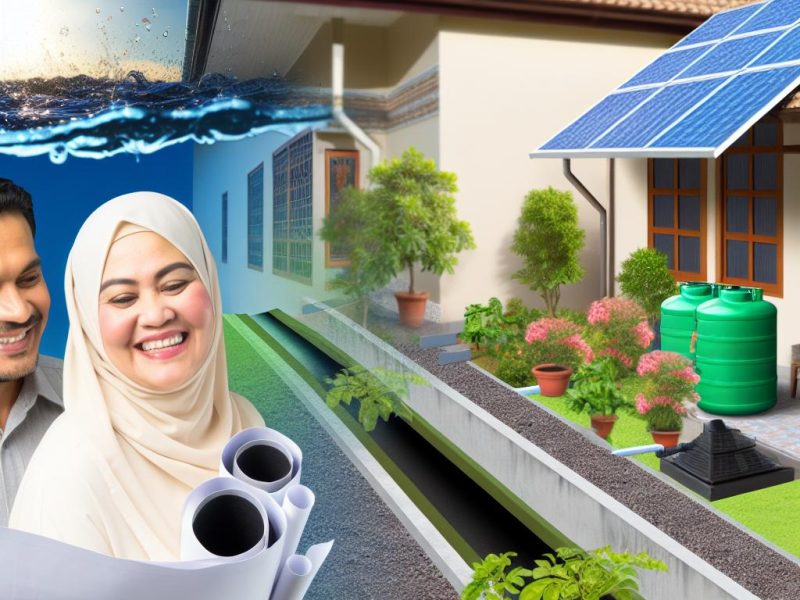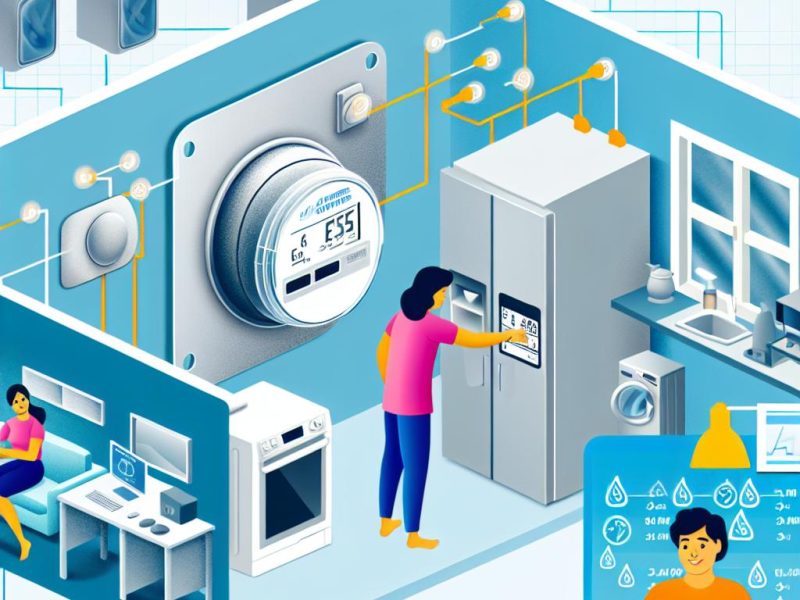Introduction to Smart Home Automation
Smart home automation refers to the integration of technology within a home environment to improve efficiency and facilitate remote control of various systems. Utilizing devices and sensors connected over the internet, homeowners have the capacity to manipulate systems such as lighting, heating, security, and more, frequently employing a smartphone or a central hub for seamless control. This technological evolution not only enhances comfort but also contributes to energy efficiency and convenience, representing a significant step forward in home management.
Energy-Saving Features
One of the most compelling reasons homeowners opt for smart home automation systems is the potential for significant energy savings. By integrating intelligent systems, homeowners are able to minimize energy consumption, which directly correlates to lower utility bills and a positive environmental impact.
Smart Thermostats
Smart thermostats stand out as a cornerstone of home automation due to their capability to optimize heating and cooling processes. These devices intelligently adjust temperature settings based on occupancy and pre-established schedules, thereby avoiding unnecessary energy expenditure. Furthermore, modern smart thermostats employ machine learning algorithms to grasp user preferences and adapt to local weather patterns. This results in a personalized, efficient heating or cooling experience tailored to individual lifestyles, while also ensuring that comfort is consistently maintained without superfluous energy use.
Automated Lighting
Lighting systems in smart homes are designed to offer extensive control and customization of light usage throughout the residence. Owners gain the ability to manage lighting options remotely, allowing them to switch lights on or off, adjust brightness levels to conserve energy, and set schedules to optimize natural light usage. The integration of motion sensors also plays a key role, as they ensure lights are active only when necessary. Such smart lighting solutions not only enhance convenience but also contribute significantly to energy conservation by minimizing electrical consumption when artificial lighting is not requisite.
Energy Monitoring
Most smart home solutions include energy monitoring features as a fundamental component. This functionality provides users with access to detailed reports on their energy consumption patterns. Moreover, it offers alerts for times when energy use exceeds expected levels. This transparency into energy usage promotes more informed and conscientious energy practices, empowering homeowners to identify inefficiencies and implement corrective measures. The capacity to monitor energy consumptive behaviors fosters a proactive approach to managing home energy expenditure.
Smart Appliances
Smart appliances further bolster the potential for energy savings within automated homes. Innovations such as smart refrigerators, washing machines, and dishwashers provide energy-efficient settings with remote-controllable features. For example, a smart washing machine allows users to schedule cycles during off-peak hours when energy rates are lower. These home appliances not only ensure convenience and advanced functionality but also contribute considerably to the overarching goal of energy conservation. The automation of routine tasks through smart appliances reduces not only environmental impact but also operational costs within the household.
Long-term Financial Benefits
While an initial investment in a comprehensive smart home automation system might be substantial, the long-term financial advantages cannot be overlooked. Reduction in energy consumption translates directly to lowered utility bills, which, over an extended period, can effectively offset the costs of installing and maintaining these technological systems. Homeowners are increasingly recognizing the economic benefits that accrue over time, enhancing the attractiveness of smart home solutions. The long-term financial viability of these investments underscores their value in modern living environments.
Compatibility and Interconnectivity
The growing compatibility and interconnectivity of smart home devices significantly bolster the effectiveness of these systems. By leveraging standard communication protocols, such as Zigbee, Z-Wave, or Wi-Fi, devices across different manufacturers are becoming increasingly adept at seamless interaction. This facilitates the creation of a coherent and integrated home automation network that is customized to meet specific user needs and preferences. This inter-device communication enriches user experience; information exchange between devices adds layers of functionality that were previously impossible. For those interested in diving deeper into the world of smart home technology, an exploration of resources like home automation news may be beneficial to stay updated with the latest innovations and trends.
Conclusion
In conclusion, the realm of smart home automation presents a viable and efficient method for energy reduction and home management optimization. The strategic adoption of smart thermostats, automated lighting, energy monitoring capabilities, and smart appliances collaboratively contribute to reducing energy costs while simultaneously paving the way for a more sustainable and environmentally responsible lifestyle. Those contemplating the incorporation of smart technologies into their homes should weigh these myriad benefits to make informed decisions that align with both comfort and ecological mindfulness. The continuous evolution and enhancement of smart home technologies promise to further elevate home living standards, making modern residences more intelligent, efficient, and attuned to the needs of their inhabitants.



